Have you ever looked at your deck and noticed small paint cracks between the boards? You might think that it’s just normal wear and tear in the deck, but the truth is that those cracks are caused by a build-up of paint.
Over time, paint can start to chip and flake, leaving behind tiny cracks that allow moisture to seep in. This moisture can then cause the wood to warp and rot, ruining your deck. The good news is that there is an easy way to fix this problem.
Here’s what you need to know about paint cracking on deck boards – and how to fix it once and for all.
8 ways to prevent paint cracks between deck boards
Here’s how to avoid your deck paint from cracking.
1. Inspect the deck boards for any loose boards or nails
When it comes to decks, there’s nothing worse than peeling paint and cracked boards. But with a little bit of preventative maintenance, you can keep your deck looking great for years to come.
Inspect the deck boards for any loose boards or nails, and make sure to tighten or replace them as needed. This will help to prevent the paint from cracking between deck boards.
2. Sand down the surface of the deck
A freshly painted deck is the perfect way to enjoy the outdoors, but all too often, the paint job doesn’t last. One of the main reasons for this is that people don’t take the time to properly prepare the surface before they start painting. In particular, it’s important to sand down the deck boards in order to prevent the paint from cracking.
By taking this one simple step, you can drastically extend the lifespan of your paint job and enjoy your deck for years to come. So next time you’re getting ready to break out the paintbrush, make sure you give your deck a good sanding first. Your efforts will be well worth it in the end.
3. Clean the deck boards regularly
Another way to prevent paint from cracking is to clean the deck boards regularly. This will help to remove any dirt or debris such as leaves or twigs that could also cause the paint to crack.
One of the best ways to clean deck boards is with a power washer. But if you don’t have one, you can also use a garden hose and some elbow grease. Just make sure to let the boards dry completely before you start painting.
4. Use the correct painting tool to paint the deck boards
One of the most common mistakes people make when painting their deck is using the wrong type of paint brush. This can cause the paint to crack and flake, which ruins the appearance of your deck.
To avoid this problem, make sure you use a high-quality paintbrush designed for painting decks. These brushes are usually made of synthetic materials and have stiff bristles that help to evenly distribute the paint.
5. Paint in the direction of the grain
When you’re painting your deck, it’s important to paint in the direction of the grain. This will help to prevent the paint from cracking and flaking as it dries.
To find the direction of the grain, simply run your hand along the surface of the wood. You should be able to feel which way the grain is running. Once you’ve found it, start painting in long, even strokes in that direction.
6. check the deck regularly for any signs of wear and tear
Don’t let your home be the one on the block with an eyesore of a deck. A deck can be a great addition to any home, especially during the summer months when everyone wants to spend time outdoors.
But a deck is only as good as its upkeep. Regularly checking for any signs of wear and tear is essential to prevent paint from cracking between deck boards. By taking these simple steps, you can ensure that your deck will be an asset to your home for years to come.
So what are you waiting for? Get out there and start enjoying your deck!
7. Apply a fresh coat of paint every few years
A fresh coat of paint is like a breath of fresh air for your home. Not only does it revive the color and beauty of your home, but it also protects it from the elements. Over time, paint can crack and peel, allowing moisture and pests to penetrate the wood beneath.
By applying a fresh coat of paint every few years, you can help to prevent this damage and keep your home looking its best. So don’t wait until the paint starts to chip – schedule a painting session today and enjoy the satisfaction of a job well done.
8. Use a deck sealer after painting
Your deck is an important part of your home. So when it comes time to repaint, you want to make sure the job is done right in order to protect your investment and enjoy your deck for years to come.
A crucial step that is often overlooked is using a deck sealer after painting. Deck sealer creates a barrier between the paint and the wood, preventing cracks and peeling caused by weathering.
Not only does this save you time and money in the long run, but it also gives you peace of mind knowing that your deck is well-protected. So next time you’re painting your deck, don’t forget the deck sealer!
What factor causes paint cracks between the deck board?
There are a few different reasons why deck board paint can crack between deck boards.
1. Inadequate preparation of deck
Paint is not only for aesthetic value but it also protects the deck against elements. When paint cracks, it leads to the deterioration of the deck. Inadequate preparation of the deck board is one of the main reasons why paint cracks.
If you don’t sand the board, the paint will not properly adhere to the surface and will eventually crack. This is because there is no smooth surface for the paint to grab onto.
Also, if the deck is not clean before painting, debris and dirt will get caught under the paint and cause it to crack.
In order to avoid this, make sure to properly prepare your deck boards before painting!
2. Choosing the wrong type of paint
It’s summertime and you’re feeling motivated to finally tackle that project you’ve been putting off all winter – painting your deck. You head to the store with a spring in your step, ready to buy the supplies you need to achieve your vision. But then you’re faced with a daunting array of choices and suddenly feel overwhelmed.
What type of paint should you use? latex? oil-based? What color will best complement your outdoor space? And will it be able to stand up to the elements? With so many questions swirling around in your head, it’s easy to make a mistake.
But choosing the wrong type of paint for your deck can have costly consequences – like cracks forming between your deck boards. So before you make a purchase, brush up on your knowledge so you can avoid this potential pitfall. With the right type of paint, your deck will be looking good as new in no time!
3. Applying paint in hot or cold weather
Although paint is designed to withstand different weather conditions, extreme temperatures can still cause problems.
Hot weather
When the paint is applied in hot weather, the paint can crack between deck boards. This is because the heat causes the boards to expand at different rates, causing the paint to break and allowing moisture to seep in and damage the wood
Cold weather
Conversely, painting in cold weather can also cause the paint to crack. This is because the paint will freeze before it has a chance to properly dry, causing it to break and flake off and leaving your deck susceptible to moisture damage.
To avoid this, make sure to check the weather forecast before you start painting. If it’s going to be hot or cold, try to schedule your project for a different time.
4. Not using a primer
You want your deck to look its best – a place where you can relax and enjoy the outdoors. But if you don’t use a primer before painting, you’ll be in for a nasty surprise. The paint will crack and flake, ruining the deck’s appearance.
Worse still, the deck will become a breeding ground for mold and mildew. Not using a primer is a false economy: in the long run, it will cost you more time and money to maintain the deck.
So do yourself a favor and use a primer. It’s the best way to protect your investment and keep your deck looking great for years to come.
5. Applying too much or too little paint
It’s happened to the best of us. We’re painting our deck, enjoying the process and the results, when suddenly we notice that the paint is cracking. We might be discouraged, but don’t despair! In most cases, this problem can be easily fixed by simply adjusting the amount of paint we’re using.
Too much paint
Applying too much paint is one common cause of cracking. When there’s too much paint on the brush, it’s easy to overload the deck boards and cause the paint to crack as it dries.
Too little paint
If we don’t apply enough paint, the surface will be uneven and the paint will also crack and flake as it dries. When we don’t use enough paint, we also run the risk of the wood becoming damaged as it’s not properly protected from wear and tear.
The best way to avoid these problems is to find the right balance – not too much, not too little.
6. Not allowing the paint to dry completely
Have you ever looked at a paint job and wondered why the paint is cracking? It’s likely due to the painter not allowing the paint to dry completely before adding a second coat. This causes the paint to crack between deck boards, which is not only unsightly but also leads to peeling and chipping down the road.
A good rule of thumb is to wait 24-48 hours after applying the first coat of paint before adding a second coat. This will give the first coat time to dry completely and create a smooth surface for the second coat.
So, if you’re planning on painting your deck, make sure to give the first coat plenty of time to dry!
Conclusion:
Preventing paint cracks between deck boards can be done in a number of ways, and we’ve outlined eight of the best methods for you. By following these simple tips, your deck will look great all season long with very little effort on your part! Be sure to visit our blog regularly for more helpful hints like this one.

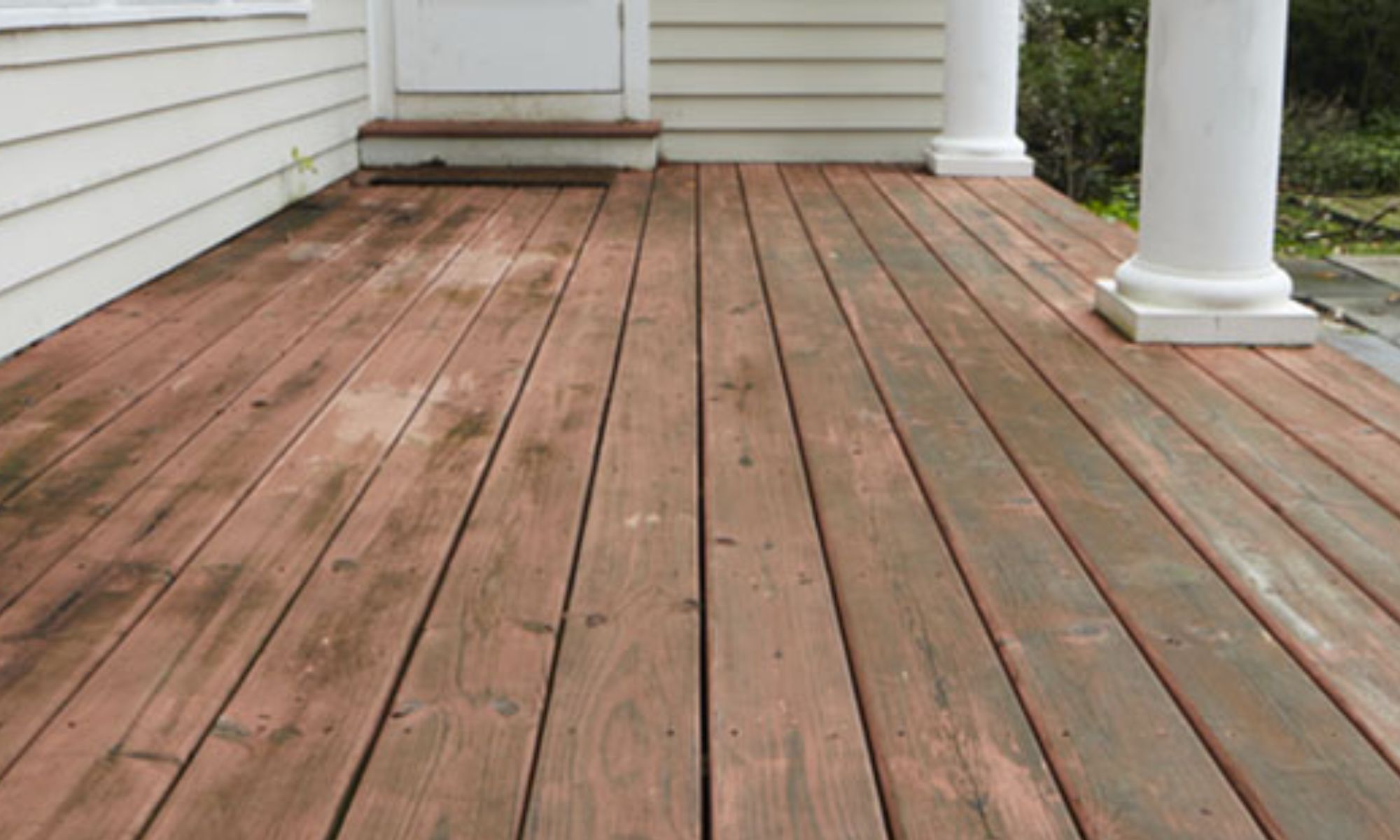
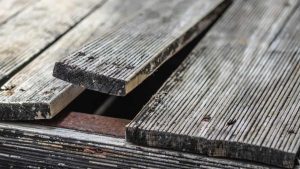
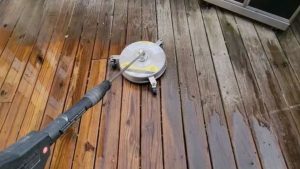
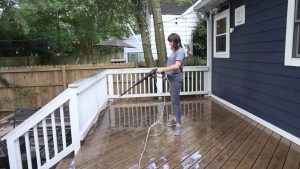
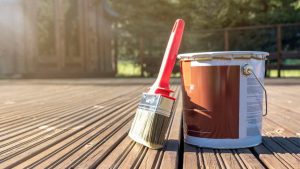
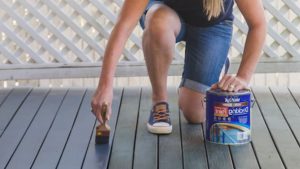

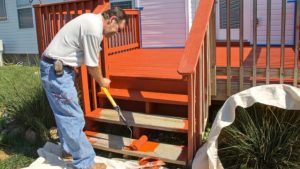
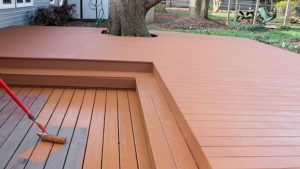
6 thoughts on “Painting Cracks Between Deck Boards: 8 Reviving Techniques”